The peristaltic pump is a very important component in the proper operation of an autoanalyzer instrument. If it is not functioning properly, it’s possible to have problems with reproducibility, accuracy, and prematurely worn pump tubing.
These signs of a pump problem might be observed as poor peak shape, split peaks, tailing peaks, surging, and inconsistent flow. There are a few places that the operator can inspect to immediately determine if this could be the problem.
First, make sure that the roller heads are not excessively worn. Over time, the pump tubes can wear into the material itself and cause a poor peristaltic motion as the roller head moves against the pump tubes. This is mostly observed in the FS3000 instrument since the roller heads are not metal. It is important to replace the roller heads when they are notably or significantly worn. Roller heads used in the FSIII/IV pumps are more susceptible to buildup of dirt or chemicals on the metal surface that need to be cleaned with a light solvent such as alcohol.
Next, check that the platens are not worn, excessively grooved or broken. This can affect peak shape because the sample and fluids are not moving evenly and consistently through the system as the roller heads press against the pump tubes. Replace if necessary. Also it’s important to insure that the platens are clean since dirt and particle buildup can also affect the smooth and consistent motion of the peristaltic pump.
Finally, it’s also a good idea to test the integrity and smoothness of the individual rollers themselves as they turn on their individual axes by gently spinning them with your fingers. The gaskets may be worn or the ends that attach to the motor shaft may be damaged or dirty. At this point you could also check the RPM of the pump to insure that proper rotation is occurring. Sometimes, pumps will go bad and produce a slow, fast, or intermittent rotation which will significantly affect the peak shape. Simply mark a point on the roller head and measure how many rotations occur per minute and verify with the manufacturer the proper rotation.
This whole process may take only a few minutes, but I often see these issues create intermittent or unknown problems that a lab has been attempting to resolve over a long period of time. For more EZkem Autoanalyzer Trouble Shooting videos, check out the EZkem YouTube channel or feel free to contact me directly if you have any other questions about peristaltic pumps, pump components or pump tubes.


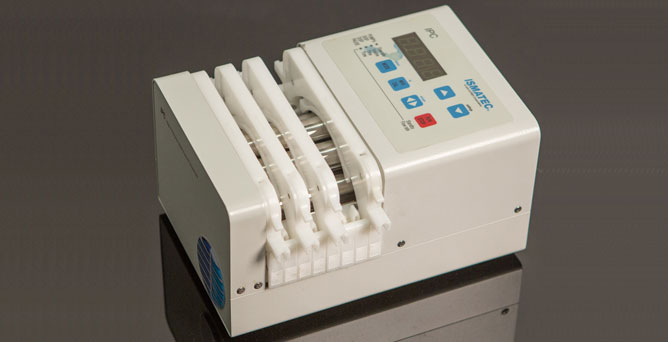
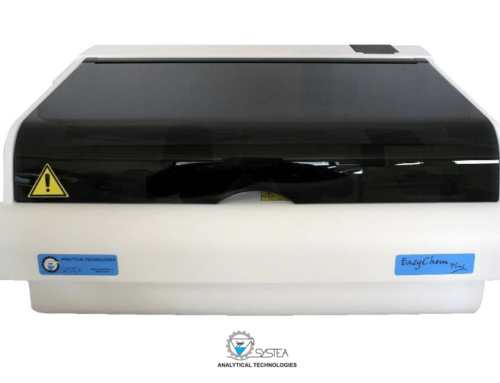
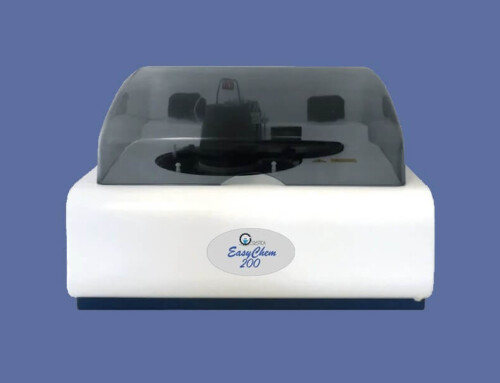
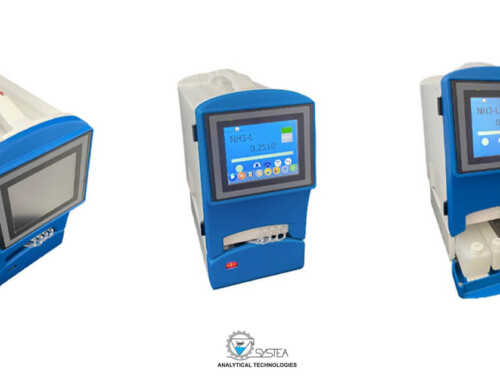
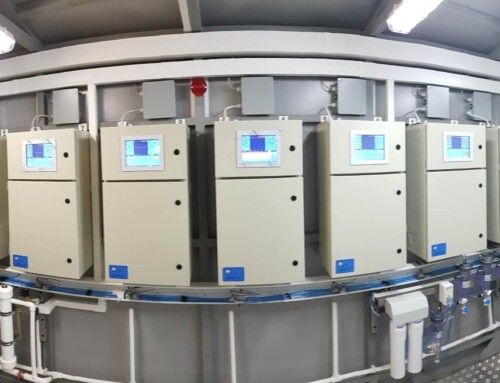
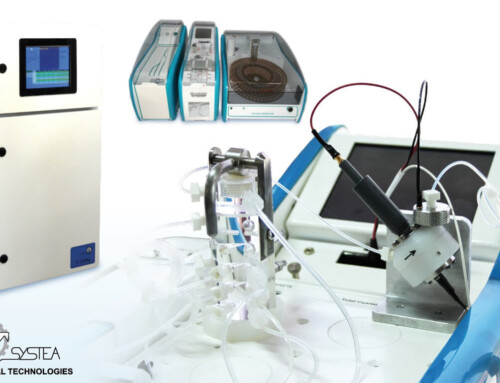
Leave A Comment